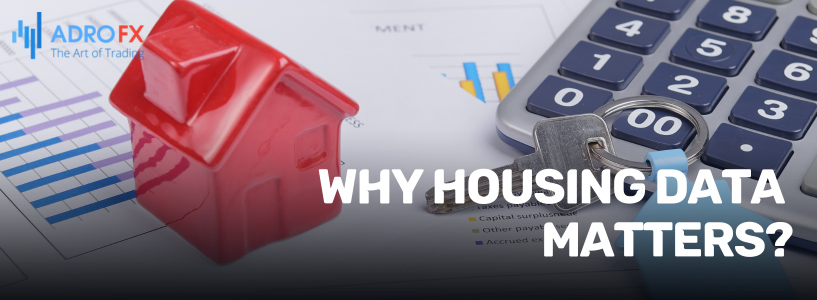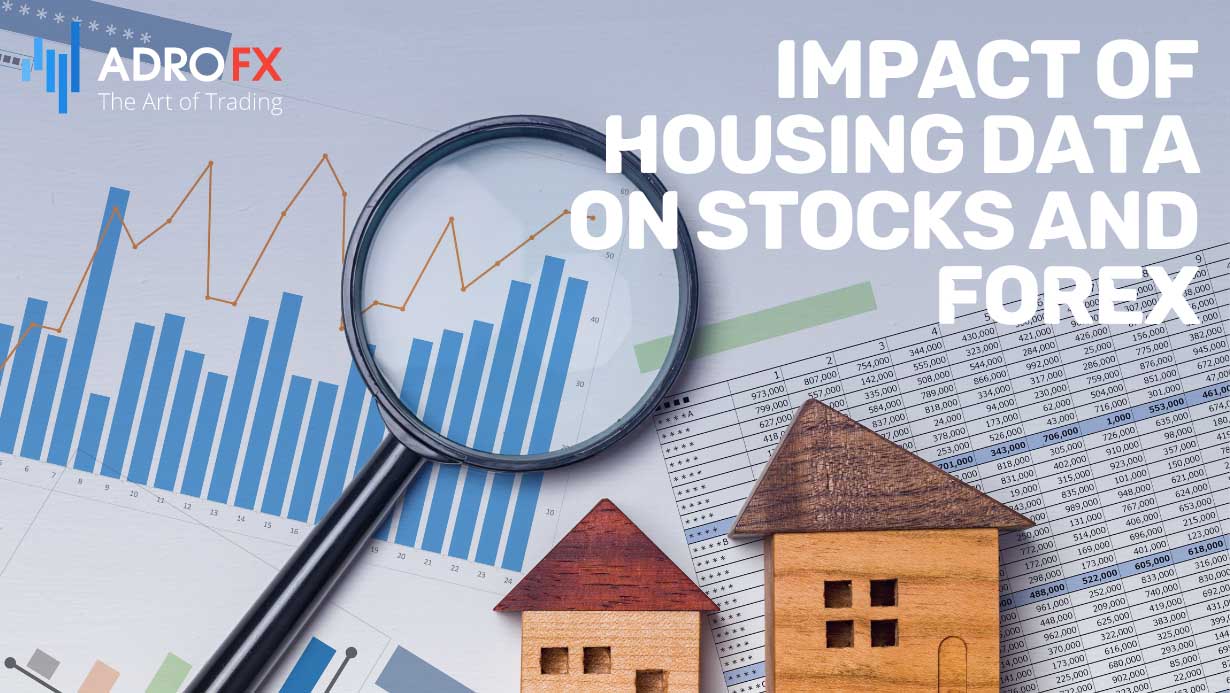Why Housing Data Matters?

Understanding the intricate relationship between housing metrics and a nation's Gross Domestic Product (GDP) is essential for comprehending economic dynamics. The GDP formula, encompassing consumer spending (C), investments (I), gross investments (G), exports (X), and imports (M), underscores the integral role of housing data in shaping consumer behavior and economic investments. The housing sector's profound impact is evident in the impressive economic growth of China, where strategic investments in housing contributed significantly to the nation's GDP. This article delves into the critical nuances of housing data and its far-reaching implications on economic indicators.
Housing Metrics and GDP
The Gross Domestic Product (GDP) of a nation is determined through the formula:
C+I+G+(X–M)
In this equation, C represents consumer spending, I denotes investments, G signifies gross investments, X stands for exports, and M for imports. Consequently, housing data plays a pivotal role in both consumer spending and investments.
The housing sector holds significant credit for the robust economic growth of China. The country strategically allocated substantial resources to construct millions of housing units, contributing significantly to its GDP. Concurrently, the construction of new housing units serves as a crucial gauge of consumer well-being.
Moreover, given that a home is a substantial and confidence-dependent purchase, it holds immense importance in economic indicators. By the conclusion of the first quarter of 2021, the value of real estate had surged by over $34 trillion.
As a result, various private sectors and government agencies regularly release key economic figures crucial for investors and traders. Notable entities in this regard include the National Association of Realtors (NAR) and the Census Bureau.
Before delving into these economic indicators, it is essential to briefly discuss the concept of the housing bubble.

The Housing Bubble Phenomenon
The housing bubble serves as a poignant example of the housing sector's profound impact on the market. Following the dot-com bubble of 2000, investor focus shifted to the housing sector, often fueled by the belief that house prices could only escalate.
Subsequently, financial institutions such as Lehman Brothers and Bear Sterns extended subprime loans liberally. These loans were bundled into mortgage-backed securities (MBS) and collateralized debt obligations (CDO), which were then sold to investors.
As individuals began defaulting on their obligations, banks reported heightened provisions for bad debt. Consequently, investors commenced selling these securities, triggering the collapse of institutions like Lehman Brothers and Bear Sterns. Subsequent bailouts were required for companies such as AIG and General Motors to avert further financial turmoil.
Varieties of Housing Data
Numerous types of housing data are routinely disseminated by the aforementioned agencies, with building permits, housing starts, and pending home sales being among the most crucial.
Building Permits
The issuance of permits by local authorities is a prerequisite for constructing homes in the United States. Consequently, the Census Bureau conducts surveys monthly, collecting data on the number of permits issued in a specific period from these officials. Higher permit numbers are generally viewed favorably, indicating builder confidence in labor market conditions.
Housing Starts
Housing starts refer to the initiation of excavation for building constructions. This metric holds significance as developers often commence construction following financial commitments from their institutions regarding project financing.
Pending and Existing Home Sales
Additional pivotal housing metrics include pending home sales and existing home sales. Pending home sales, published by the National Association of Realtors (NAR), gauges contract activity in the housing sector, offering insights into the strength of home purchases. Conversely, existing home sales measure the sales and prices of already-built single-family homes nationally, encompassing condos and co-ops.
New Home Sales
Lastly, new home sales data measures the status of recently constructed homes.

Impact of Housing Data on Stocks and Forex
Housing data wields influence over all asset classes, including stocks, currencies, and bonds, due to its impact on interest rate determinations.
Strong housing numbers typically signify a thriving economy, signaling the potential for the Federal Reserve to contemplate policy tightening. However, other critical factors influencing this decision include inflation and employment figures.
Impact on Forex
Consequently, robust housing figures often have a positive effect on the US dollar, and vice versa. Nonetheless, given the multitude of factors considered in the Fed's decisions, these numbers exert a relatively lesser impact on the dollar. Key indicators driving currency movements include inflation, retail sales, GDP, and employment.
Housing Stocks
Strong housing numbers reverberate through housing stocks. Key players in the home construction sector, such as D.R. Horton, Lennar Group, Pulte Group, KB Home, and Toll Brothers, experience impacts. The chart below illustrates the performance of these stocks from January 2021 to August 2021 during the housing sector's rebound.
Nevertheless, it's essential to recognize that these shares are also subject to other influences. For instance, their stock prices may decline even after positive housing results, primarily due to external factors such as commodity prices. A surge in lumber prices, for instance, could lead to lower earnings margins.
Other entities affected by housing data include mortgage providers like Wells Fargo and Rocket Mortgages. Strong numbers indicate a flourishing mortgage industry.
Conclusion
In conclusion, the nexus between housing metrics and economic vitality is undeniable, with the housing sector serving as a key driver of GDP. The aftermath of the housing bubble in the early 2000s serves as a poignant reminder of the sector's potential market impact. From building permits to housing starts, pending home sales, and new home sales, an array of housing data is crucial for gauging economic health. Investors keen on navigating stocks and forex markets must recognize the ripple effects of housing data, influencing interest rates and shaping investment landscapes. As housing stocks respond to robust housing numbers, institutions like D.R. Horton, Lennar Group, Pulte Group, KB Home, and Toll Brothers showcase the sector's resilience. Beyond stocks, mortgage providers like Wells Fargo and Rocket Mortgages also feel the repercussions, with strong housing numbers signaling a thriving mortgage industry. In essence, the housing sector remains a key barometer of economic well-being, and staying attuned to its diverse metrics is paramount for informed decision-making in financial markets.

About AdroFx
Established in 2018, AdroFx is known for its high technology and its ability to deliver high-quality brokerage services in more than 200 countries around the world. AdroFx makes every effort to keep its customers satisfied and to meet all the trading needs of any trader. With the five types of trading accounts, we have all it takes to fit any traders` needs and styles. The company provides access to 115+ trading instruments, including currencies, metals, stocks, and cryptocurrencies, which make it possible to make the most out of trading on the financial markets. Considering all the above, AdroFx is the perfect variant for anyone who doesn't settle for less than the best.









